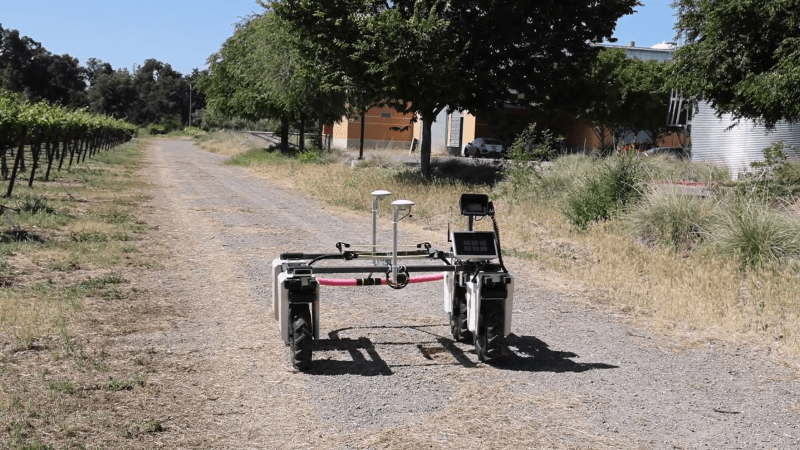Startups have made strides in turning farm robotics into realities for farmers, but there is still work to be done. The Farm Robotics Challenge, organized by the Ag Innovations Showcase, UC ANR, F3 coalition, and farm-ng, aims to bridge the gap by giving students hands-on experience in developing practical applications for farm robotics. In this article, we explore the benefits of the challenge for students and startups, and the growing need for automation and robotics in agriculture.
The Need for Automation and Robotics in Agriculture
Explore the reasons why farms are increasingly turning to automation and robotics in agriculture.
One of the main driving forces behind the adoption of automation and robotics in agriculture is the scarcity of labor. With fewer workers available for 'dirty or dangerous' jobs, farms are seeking technological solutions to fill the gap.
Additionally, automation and robotics offer environmental benefits by reducing chemical inputs and improving water management on farms. These technologies can also alleviate the physical toll on farm workers, making their lives easier and potentially increasing profitability.
By embracing automation and robotics, farms can address labor shortages, improve sustainability, and enhance overall efficiency. The Farm Robotics Challenge plays a crucial role in training the next generation of talent to develop practical solutions for these pressing agricultural needs.
The Farm Robotics Challenge: Bridging the Gap
Learn about the Farm Robotics Challenge and how it brings together technology, agriculture, and education to address the needs of the agtech industry.
The Farm Robotics Challenge, organized by the Ag Innovations Showcase, UC ANR, F3 coalition, and farm-ng, is a three-month-long program that provides students with hands-on experience in developing practical applications for farm robotics.
Through this challenge, students from various disciplines, including social scientists, biologists, chemists, statisticians, engineers, and computer scientists, collaborate to solve real-world problems in agriculture. The challenge not only trains students but also showcases the interdisciplinary nature of robotics companies' hiring needs.
By participating in the Farm Robotics Challenge, students gain the confidence and skills to contribute to the agtech industry, while startups have the opportunity to identify and recruit talented individuals who can drive innovation in the field.
Revolutionizing Agriculture with Practical Solutions
Discover how the Farm Robotics Challenge is revolutionizing agriculture by developing practical applications for farm robotics.
The Farm Robotics Challenge focuses on developing practical solutions for real-world agricultural problems. Student teams identify specific challenges, such as targeted pesticide application or harvest assistance, and propose innovative robotic solutions.
Last year's challenge showcased impressive projects, including harvest-assist robots and pesticide-focused robots. These solutions have the potential to improve efficiency, reduce costs, and minimize environmental impact in agriculture.
By encouraging students to think creatively and apply their knowledge to agricultural challenges, the Farm Robotics Challenge is driving the adoption of robotics in farming, ultimately revolutionizing the industry.
Conclusion
The Farm Robotics Challenge is playing a crucial role in revolutionizing agriculture by training the next wave of talent for the agtech industry. By bridging the gap between technology, agriculture, and education, this challenge is driving the adoption of automation and robotics in farming.
With the increasing need for labor-saving solutions and the potential for environmental benefits, automation and robotics offer a promising future for the agricultural sector. Through the Farm Robotics Challenge, students are empowered to develop practical applications that address real-world agricultural problems, paving the way for a more efficient, sustainable, and innovative industry.

